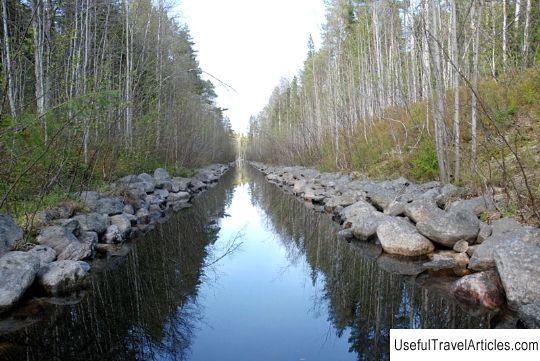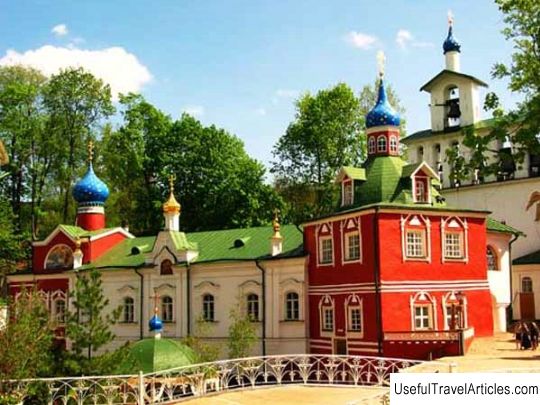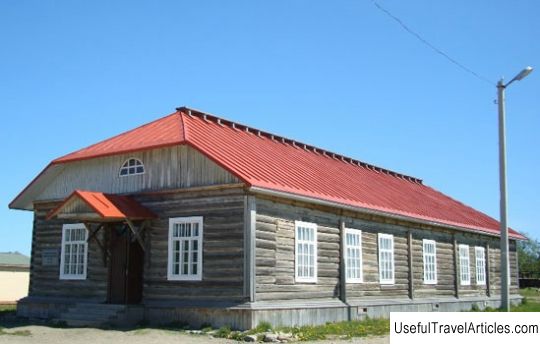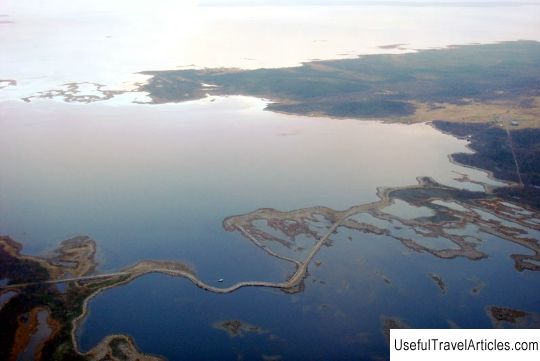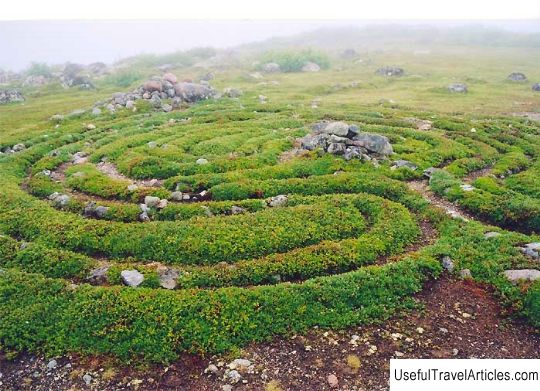Filippovskie cages description and photos - Russia - North-West: Solovetsky Islands
Rating: 8,5/10 (754 votes) 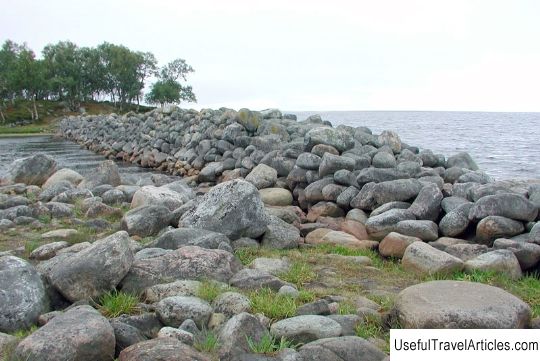
Filippovskie cages description and photos - Russia - North-West: Solovetsky Islands. Detailed information about the attraction. Description, photos and a map showing the nearest significant objects. Photo and descriptionFilippovskie cages are located on one of the Solovetsky Islands, namely on the Bolshoy Solovetsky Island, literally one and a half kilometers from the Kremlin building, which is not far from the road leading to Sekirnaya Gora. In this area, there is a small sea bay, which is clearly separated from the sea by large stone dams. It is they who are called Filippovskie cages. This attraction is one of the most interesting on all Solovetsky Islands, which is somewhat sheltered and may not even be noticed by passing tourists. The exact date of the construction of the dams is still unknown, they probably belong to the buildings of the 16th century. Filippovskie cages got their unusual name in honor of the person who was the initiator of the construction of this device - the monastery abbot Philip Kolychev. It is known that at one time this amazingly able-bodied person created two artificial ponds located on the sea. These ponds were intended for the purpose of breeding and creating the necessary conditions for keeping the caught valuable sea fish, which could be especially quickly delivered to the monastery for the refectory at virtually any moment. Throughout the entire existence of the Solovetsky monastery on the islands, it was fishing that was the most important of all and brought the greatest income. But there were also some difficulties, because the weather characteristic of the Solovetsky Islands was not always favorable for fishing and almost always interfered with the fishing activities of the monks. Over time, in the 16th century, the monastic monks were able to cope with this task and stock up on fish so valuable for the Solovetsky monastery. The built cages were located directly on the seashore and were separated from the sea line by means of boulder dams, through which the purification filtration of salty sea water was carried out. As soon as the construction of the cages was completed, the fishery of the monastery cloister was fully established and brought tangible results. It is believed that the Filippov cages built by the monks played their role for a fairly long period of time, because according to one of the maps dating back to the early 19th century, the cages were called ponds for breeding and keeping fresh cod. At the moment, the most visible are the dams of the largest of the two ponds, which consist of two-meter wide, but very long bridges, consisting of small boulders. The largest and longest dam has a height of 2.5 m and a length of 150 meters, and also separates the pond from the sea surface better than others. The second dam is many times lower and is intended to delimit the pond in the central part, while dividing the deepest part from the shallowest. All the remains of a nearby small pond have now become barely visible. Today, all existing dams are in poor condition due to almost complete destruction. It is worth noting that the ponds have also become shallow in connection with the ongoing process, since for four centuries there has been an intensive rise of land. Today it is becoming quite clear that the construction of the Filippovskie cages on the Solovetsky Islands became a truly unique phenomenon, testifying not only to the purposefulness and versatility, but also to the high level of human activity on the surrounding nature. For this reason, careful study and research of the cages, as well as their maximum preservation, has become a task and goal of extreme importance, because it was during the last decades that especially large damage was caused, which significantly affected their condition. There are things that literally kill everything human in a person, because the monuments of ancient technology and culture that are crumbling and dying before our eyes from complete indifference and time cannot be returned back.       We also recommend reading Schoerfling am Attersee description and photos - Austria: Lake Attersee Topic: Filippovskie cages description and photos - Russia - North-West: Solovetsky Islands. |
